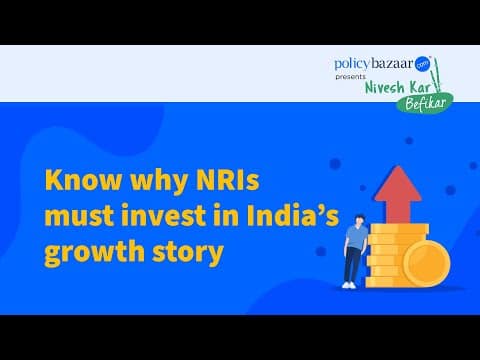1
Feeling Inadequately Insured? 3 Ways To Extend Your Health Insurance CoverDecoding Insurance
Securing Your Child's Future Made Easier: The Policybazaar Show
The first and foremost thought that a parent has about their child is related to their education and financial security in the future. Most parents buy child plans right after their birth to get maximum benefits. It usually provides an assurance to the parents that they can secure their children’s future even in their absence. Child covers generally provide a lump sum payment after the policy term period.
There are also quite a few plans available that not only have a good sum assured but also flexible payout at crucial stages of the child’s life, for example, his/her education or marriage. The recent regulations in the insurance have made plans more flexible, making it easier for the child to claim the sum assured, avail tax benefits, and retrieve a certain amount of money whenever needed. The most popular type of insurance plans today are Unit- Linked Insurance Plans or the ULIPs.
WHAT ARE ULIPs?
A Unit Linked Insurance Plan (ULIP) is a product offered by many insurance companies that, unlike a pure insurance policy, gives investors both insurance and investment under a single integrated plan. Like any other policy plan, the policyholders pay their premiums on a monthly or annual basis, depending on their choice. The amount of their premium, however, is divided into two parts. A small amount goes for the policy and the rest of the sum is invested, much like mutual funds.
The recent ULIPs, that are called the 4th generation ULIPs are good for child plans as they have a lumpsum payment at the end of the policy term and in case of the parent’s death. The child or the nominee can avail waivers in the premiums where the insurance company pays on behalf of the consumer. The child also has a regular income, mostly as his school fees or a ‘pocket money’ as provided by some of the policies.
THE MYTH BUSTER
The ULIP based child plans are expensive and have low returns.
The first generation ULIPs before 2010 were expensive, however, with numerous regulatory changes, they have become cost-friendly and provide benefits like the return of mortality charges (if unused) and add to the investments instead of cost deductions.













